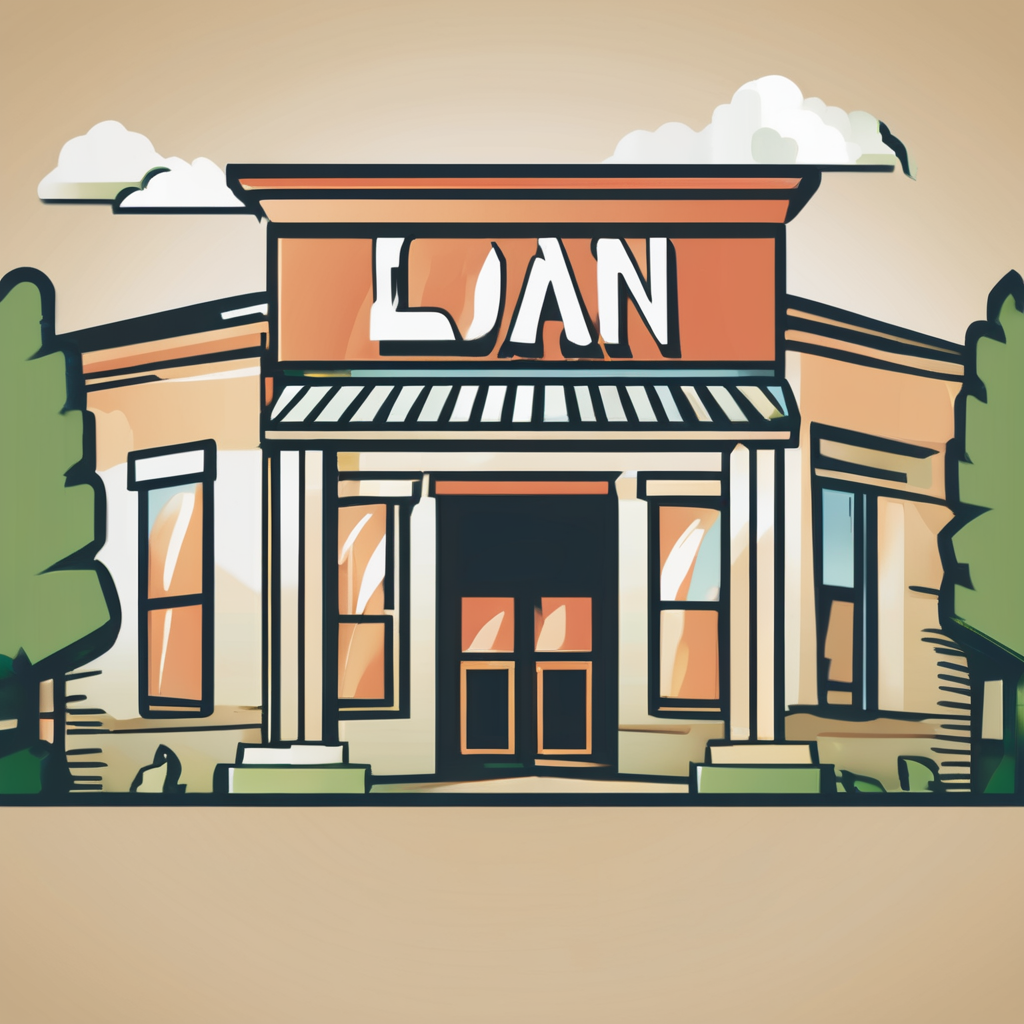Current UK Financial Challenges Impacting Property Insurance
The UK property insurance market is facing significant hurdles due to ongoing UK financial challenges. Inflation impact is profound, driving up property values and, consequently, insurance premiums. As costs for repairs and rebuilding materials increase, insurers adjust their pricing to reflect these new economic realities, making premiums less predictable and often more expensive for policyholders.
Economic uncertainty further compounds these issues. Fluctuating interest rates and supply chain disruptions affect construction timelines and costs, increasing risks for insurers and consumers alike. The result is a more volatile insurance environment where value assessments and risk calculations must constantly adapt.
Also to discover : How Can UK Residents Protect Their Homes with Specialized Insurance for Listed Buildings?
Additionally, recent regulatory changes have introduced greater complexity in compliance. Insurers must navigate evolving rules designed to protect consumers while managing the financial risks tied to property insurance. This regulatory environment demands more resources and rigorous oversight, influencing overall market dynamics.
Shifts in the market, including growing consumer demand for customised coverage, also affect risk profiles. Insurers must balance innovation with risk management, tailoring policies to diverse needs while anticipating economic impacts.
This might interest you : How can UK homeowners better understand their property insurance policies?
Understanding these intertwined factors is crucial for anyone involved in UK property insurance today, ensuring informed decisions amid financial challenges.
Effects of Financial Challenges on Property Insurance Operations
Understanding the shifts in claim management and premium strategies
Property insurance response to financial challenges has necessitated a comprehensive reassessment of both claims and underwriting practices. Insurers are refining claim management techniques to balance customer needs with economic realities. This involves prioritizing faster, more efficient claims processing without compromising accuracy, helping to mitigate operational risk.
One major area affected is premium adjustments: insurers must recalibrate pricing models to reflect escalating risks such as natural disasters and rising repair costs. These premium adjustments aim to sustain profitability while remaining competitive. Customers often face increased premiums, but these changes are designed based on data-driven risk assessments to ensure fairness and maintain coverage stability.
Operational challenges also strain property insurance operations. Cost management has become paramount amidst inflation and supply chain disruptions affecting repair materials and labor availability. Insurers are exploring alternative sourcing and investing in technology to streamline operations and reduce expenses. This proactive approach helps mitigate operational risk and enhances overall resilience.
In summary, property insurance response to financial stress involves a delicate interplay between updated claim management, strategic premium adjustments, and tackling operational difficulties head-on. These coordinated efforts ensure insurers remain viable and customers receive dependable protection.
Strategies for Insurance Providers to Adapt
Adapting with foresight and precision
Insurance providers facing rapid industry shifts must prioritize adaptation strategies that align with evolving market demands. One key approach is embracing product innovation. By designing flexible policies that cater to new risks like cyber threats or climate change impacts, insurers can better serve customers whose needs are becoming more complex and varied.
Advanced risk modelling plays a pivotal role in adaptation. Utilizing cutting-edge analytics and expanding data sources allow insurers to enhance risk assessment accuracy. This proactive insight helps in pricing policies more precisely while mitigating potential losses in volatile environments. Integrating real-time data, for example, can fine-tune risk models and reveal trends quickly.
Another critical facet is strengthening regulatory compliance systems. As regulations evolve, insurers must invest in streamlined processes and robust compliance frameworks to avoid penalties and maintain trust. Automated compliance monitoring tools can reduce errors and keep providers abreast of changing legal requirements.
Collectively, these adaptation strategies—product innovation, advanced risk modelling, and regulatory compliance—form the foundation for insurers to remain competitive and resilient amid ongoing transformation. They enable responsiveness and foster customer-centric solutions aligned with current industry standards.
Leveraging Digital Transformation in Property Insurance
Digital transformation is revolutionizing property insurance by enhancing operational efficiency and customer satisfaction. Through automation and adoption of advanced digital platforms, insurers streamline claims processing, reducing turnaround time and minimizing errors. This benefits both insurers and policyholders by accelerating payouts and providing clear, real-time updates.
The rise of insurtech has been pivotal, introducing innovative solutions that improve decision-making and risk assessment. Insurtech companies use data analytics to tailor policies more accurately, ensuring fair pricing and personalized coverage. These tools also enhance agility by allowing insurers to adapt quickly to evolving market conditions.
Customer experience is a key focus, with digital communication channels enabling immediate interaction and support. Self-service tools empower customers to manage policies, file claims, and access information independently—boosting convenience and satisfaction. The integration of user-friendly apps and chatbots further simplifies the process, making insurance more accessible.
Overall, digital transformation in property insurance creates a more responsive and transparent system. By leveraging automation and insurtech, insurers can deliver faster, more tailored services that directly improve the customer experience, setting a new standard in the industry.
Forward-Looking Solutions and Real-World Examples
Exploring adaptive strategies and expert perspectives
The future of property insurance hinges on embracing innovation and learning from industry case studies. For example, UK insurers are increasingly integrating advanced data analytics and AI to assess risks more accurately. These tools help predict and mitigate the impact of climate change, which is a growing challenge for the sector.
Expert insights highlight that the market will face complexity due to evolving threats like extreme weather events and cyber risks. Insurers must stay agile, adopting a proactive approach to risk management rather than reactive fixes. Scenario planning is instrumental here—enabling companies to simulate various potential crises and prepare effective responses.
Resilience building involves continuous innovation. This means not only upgrading technology but also fostering collaboration between insurers, regulators, and clients. By sharing data and insights, the industry can enhance underwriting accuracy and improve customer trust.
In summary, forward-looking solutions in property insurance require a blend of expertise, technology, and strategic planning. Recognizing emerging trends and embedding resilience into operations will ensure the industry’s stability amid changing risks and uncertainties.

